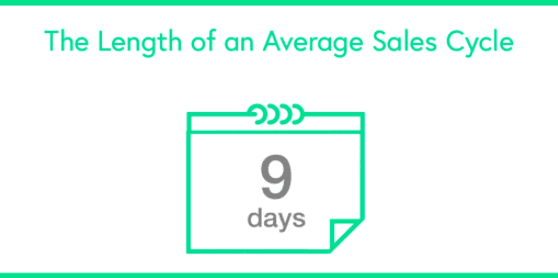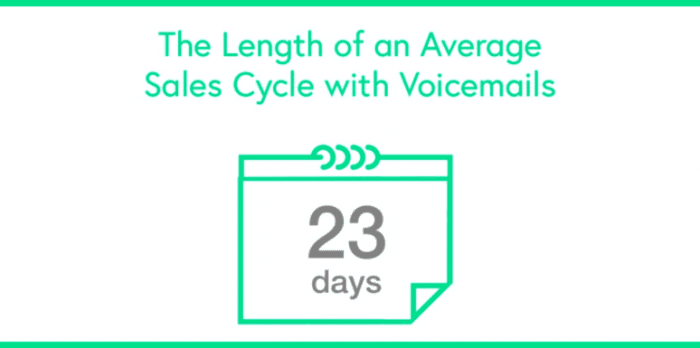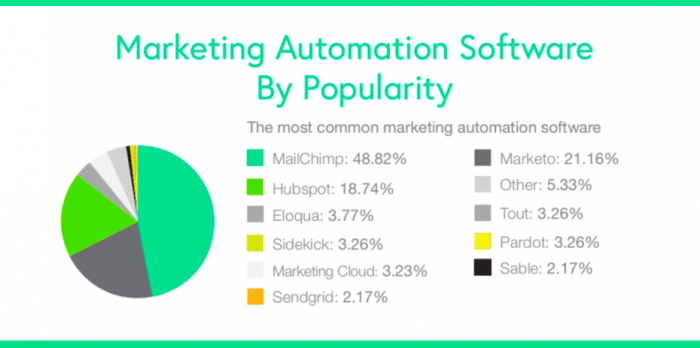Don’t make mistakes that others have already learned to solve; these email marketing strategy tips will give you the foundation you need to increase your conversions
There’s nothing more frustrating than knowing that you’re making mistakes that others have long since solved. If you could learn from their mistakes you could avoid repeating them yourself.
This is especially true with email marketing strategy.
Download FREE Resource – The State of Email Marketing
Global benchmarking research report to support email marketing excellence.
Access the
You’ve put the effort into getting your subscribers on your mailing list, so the last thing that you want to do is risk losing them by messing up.
Sent too many emails in a day? You’re spamming, and they’ll unsubscribe. Focused too much on sales? You’re not valuing their wants and needs, and they’ll unsubscribe.
No matter what mistake you make, you may as well have poured your marketing budget down the drain if your audience unsubscribes. So, why risk it?
I signed up to the top 280 SaaS companies (including the Montclare SaaS 250 and the top startups in AngelList) with the details of a fictional Vodafone employee to see how they implement their email marketing strategy. After documenting and analyzing over 1,000 emails and voicemails (all of which can be seen on Inside SaaS Sales), here are the six main tips that I learned which could help to boost your own conversion rate.
Follow up for 9 days on average
One of the biggest mistakes you can make is following up with a lead for too long or too little time. You don’t want to give up too early, but if they’re not biting then you’re best off winding down a little and focusing your efforts elsewhere.
The magic number? Nine days.

While there were some exceptions, the top 280 SaaS companies followed up with me for nine days before stopping contact. Considering that I was a potentially high-value lead (a Vodafone employee), you may want to wind down sooner for less valuable prospects.
Follow up for 23 days if you’re also using voicemails
While it’s not strictly email marketing strategy if you’re also using voicemails as part of your outreach you’re obviously prepared to sink more time and resources into a given prospect. As such, you’ll want to stay in contact for longer before winding down your efforts.
For the companies that sent me both voicemails and emails, the average amount of contact time before they went silent shot up to 23 days - a massive 156% increase from pure email campaigns. This makes sense, as if you put more effort into nurturing a lead it’s only natural to try harder to keep that spark lit.

Having said that, very few companies left voicemails. They’re much more expensive to carry out as standard (you’re paying for a salesperson’s time, not just an email campaign), and 74% of the top 280 SaaS companies didn’t use them at all.
So, use them sparingly, and only for high-value prospects, but stick with leads for longer when you do.
Send one email per day
If you send too many emails to a lead they’ll either unsubscribe or mark you as spam. Both are disastrous (for you) since this means that you’ve lost the chance to interact with your prospect. As such, another factor I assessed was the average number of emails these successful SaaS companies sent in a day.
The answer was simple; even for a high-value lead they only sent one email per day on average. By doing this you can avoid annoying your leads while still showing them best use cases, the various features of your plans, and send general marketing material. This tactic also gives a helpful reminder for users who log in once and then forget to come back again.
Nobody likes being pestered by salespeople, but it’s important to try and show the best features and use cases of your product to show how they can benefit from buying it. Thus you need to strike a balance between sending sales and marketing emails.
The key here is to send enough marketing content to catch their interest and show why the problems your product solves are important, but to also capitalize on that interest with sales content without straying too heavily into either camp. So, yet again, we can turn to the top 280 SaaS companies for a good example to follow.
On average, the companies I signed up for alternated their sales and marketing content to be on different days. That way they could market to their audience initially, then follow up with a light sales pitch, and then repeat with more marketing to make the next sales email more effective.
Much like sending one email per day, however, this average needs to be taken with a pinch of salt. Since a lot of companies sent more emails towards the beginning of their campaign they didn’t necessarily send one sales email every two days. Instead, the general pattern was to send a sales email to capitalize on marketing efforts.
For example, if two emails were sent in the first day and then one more on the second and third, the first day would have a marketing email sent early and a sales email sent later on that same day. Following that, a marketing email would come the day after, and a sales email the day after that.
Use marketing automation software to save time and money
It’s no secret that using automation software is a fantastic way to save time and money. By setting up services like Zapier and IFTTT to handle basic tasks such as data entry and triggering your process checklists, you free up your team to focus on items which require more direct human interaction.
If you’re not already using marketing automation software as part of your email marketing strategy, you should be. A massive 53% of all emails I received were sent through automation software and services like MailChimp (the most popular choice by far).
However, it’s worth noting that this average isn’t entirely representative. While many companies stuck to sending one email per day, a fair number sent more in the first few days and then slowed their email count to one every other day towards the end of their contact cycle.
Alternate days between sales and marketing emails

Stick to around 130 words in your emails
Emails need to be short and snappy to get your point across. Ideally, they should catch the reader’s interest, then quickly push them towards your CTA while keeping your copy to a minimum. The longer they have to read for, the more likely they are to just exit back to their inbox.
Although the content varied wildly from company to company, the top 280 SaaS companies achieved this by keeping to an average of 129 words per sales email and 133 per marketing email. So, stick to around 130 words for the biggest impact in your emails.
While all of these teachings are a great starting point for your email marketing strategy to bloom from, remember that nothing is set in stone. Factors like the size of your audience, your niche’s focus, and the demographics you target inevitably affect almost every aspect of your email cycle. The trick is taking this base and testing variations on your own audience to get the best results you can.
Thanks to Benjamin Brandall for sharing their advice and opinion in this post. Benjamin is a content marketer at Process Street where he writes on startups, SaaS and workflows.









